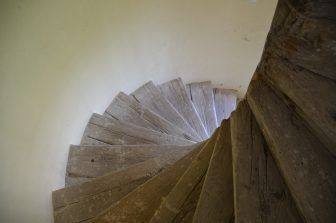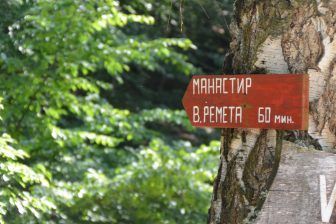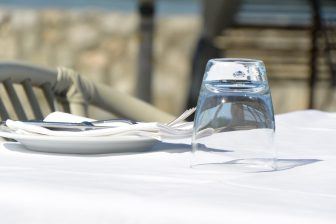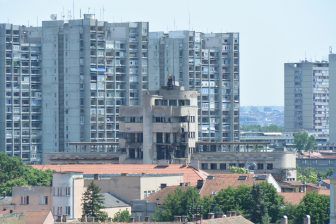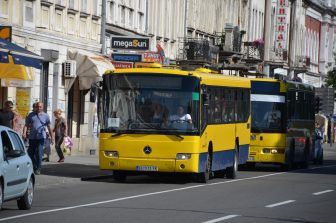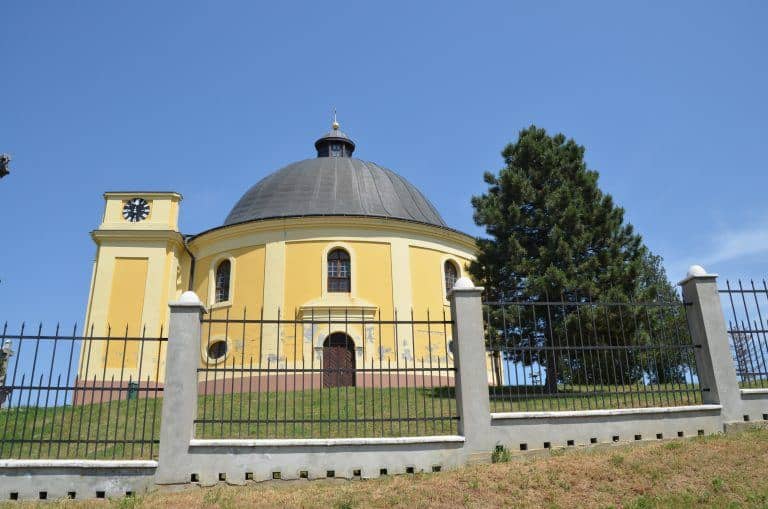
[ May 2018 ] There is an important historic chapel in Sremski Karlovci in Serbia.
This “Peace Chapel” is on a small hill outside of the centre of the town.
This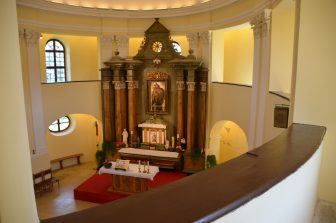 current building was built in the early 19th century, but it was copied from the shape of a Turkish military tent which had been there before.
current building was built in the early 19th century, but it was copied from the shape of a Turkish military tent which had been there before.
In that tent, they had a peace meeting in 1698-99 for 72 days and concluded the Karlovci Treaty to end the Great Turkish War.
I did not remember learning about this Great Turkish War, but apparently it started when the Ottoman Turkey started attacking Vienna in Austria in 1683.
Poland, Venice and Russia joined forces as the Holy Alliance and supported Austria.
The building had three doors, so that when they had the peace meeting, the parties concerned as well as the mediators from Britain and the Netherlands could enter the building at the same time but from different entrances.
To show that everyone was equal, they used a round table, which 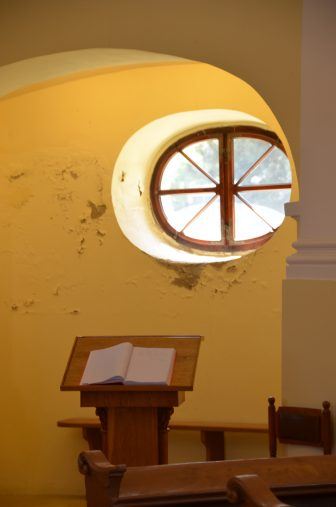
That reminded me of the Congress of Vienna of 1815, for which I am sure they used a round table.
Also, the Yalta Conference in 1945 used one, too.
So everyone copied Karlovci, then.
This town was ruled by the Turkish until the Treaty, but after that it became a part of Austria.
We went into the chapel and we went upstairs, climbing the dodgy looking, but in fact stable, wooden staircase.
There were a few round windows with the design of the Union Jack and, apparently, that was because they gave consideration to the British, who were the mediators.
By the way, the board in front of the chapel described the name of the war as “Great Vienna War” instead of “Great Turkish War”.
Even the name of the wars change depending on the place.
This chapel was the last place we visited in Sremski Karlovci, and then we moved to a national park nearby, called Fruska Gora.
Apparently in this huge park, there are 36 monasteries.
Originally we were supposed to see one of them, but because the road was blocked and there were so many mosquitoes, we gave up and had a cup of Turkish coffee at a cafe instead.
We chatted with our guide, Sara and found that the Serbian and Croatian people have been on very bad terms for a long time.
Long before the conflict when Yugoslavia collapsed, they always had a sense of rivalry.
During WW2, Croatia stood with Nazi Germany and had a puppet government.
Sara said “Croatian people say that they were forced by the invaded Nazis, but in fact my grandfather had to run away, chased by actual Croatian people”.
Even now, if you go into Croatia by car with a Serbian number plate, you will be taking a risk.
She said “I cannot go to Croatia”.
I remember listening to a similar story recently that two countries next to each other are on bad terms and that was Argentina and Chile.

